
DEEP INTO THE COMMUNITY
Black Diamond Athlete Angela Hawse is a guide for change.
Add $99.00 more to quality for free Shipping!
$0.00 USD





Long before Tyler Willcutt had risen through the ranks to become BD’s affable Athlete Manager, he was, simply put, a climbing dirtbag. And that’s precisely where our story begins—with a young, wide-eyed, rock-dreaming, first-ascent sending Mr. Willcutt, sitting on his roommate Jimmy Webb’s couch typing his first “professional” email to his new gear sponsor: Black Diamond Equipment.
Dear Kolin Powick, wrote Willcutt at approximately 1:45 … in the morning. I have a brilliant idea for a new product.
While we won’t fault young Willcutt for his enthusiasm, we can only imagine the massive eye-roll the inveterate Climbing Category Director “KP” had upon opening this gem of an email. But what followed can only be considered pure genius.
The idea was to develop a gear sling with loops that were color coded to match the anodized lobes and colored slings of the BD Camalots. Simple enough, right? That way, you could organize your protection accordingly—with your gold 2’s on the gold loop, blue 3’s on the blue loop and so on and so forth. But the true ingenuity of the sling—and what’s now become a bit of lore within the halls of BD—was its name.

Though KP most certainly did see what the Willcutt had done, the sad truth was that the Willcutt Gear Sling hasn’t yet come to fruition.
In general, gear slings, and the use there-of, have been slowly going the way of the tri-cam. These days, you’re more likely to see a beautiful padded BD gear sling adorning the wall of a gear room—its sole-purpose to hold (and store) your rack between climbing trips—than strapped to the muscle-bound shoulder of a climber jamming their way through the finger-locks of the Phoenix (5.13a).
So, we can see why KP didn’t jump at the opportunity to deploy a design team on the Willcutt. The demand simply wasn’t there.
But why? Is there an underlying reason for the slow decline of gear slings?
In this Gear Myths we examine that question and search for whether or not gear slings still have a place in today’s modern world of climbing—other than hanging on your peg-boarded garage wall—and if modern harnesses, with their sleek pressure-molded gear loops on the waistbelt, have all but eclipsed them on the rocks. Are there benefits to each? And more importantly, what do the majority of climbers prefer and why?

“I prefer the gear loops because the gear is placed on the side of your harness and it is not in the way,” said Babsi. “If you use a gear sling it is always a bit annoying if the gear swings around your chest.”
And though Babsi went on to explain that in general, she doesn’t like the feeling of climbing with something hanging around her chest, she did have a quick aside:
“I used a gear sling for Prinzip Hoffnung. That was a long, hard trad climb in Austria. It was easier to get exactly the right order of well sorted protection for the climb. You always have the next piece of protection you need in the right order from the sling. Doesn’t matter if you need the right or left hand for taking the gear. On Prinzip, the placements were bad and it was really hard to place the small nuts. All the micro nuts look very similar and I didn’t want to mess it up having them on my harness gear loops and searching too long for the right gear. That was a 50m route, so a lot of different gear was needed. In that case the sling was the better choice.”
For Babsi, however, this was a special case for the gear sling. In general, she says she “always uses the gear loops on her harness.”
“The free movement while climbing is way better. Nothing annoying hanging in your way. Better style!”
Fair enough. Unless she’s dialing in an R-rated fear-fest that takes a slew of sequential micro-wires, Babsi is a gear loop girl through and through.

What about the rad tradster Hazel Findlay? Hazel started placing gear on the gritstone at an age when most of us were still using training wheels. Plus, she’s British, so we knew she’d have an opinion.
“I already have my harness so I don't need more options for racking,” said Hazel bluntly.
She explained:
“I don't like the way the sling swings around and usually sits to one side and on the shoulder.”

But were there benefits to the sling?
“You can fit more on the sling, especially if you use the harness gear loops as well,” said Hazel. “You can move the sling from one side to the other and you can take it off easily at belays to swap with your partner.”
That being said, Hazel was quick to point out that using your harnesses’ gear loops “encourages you to bring less stuff!”
Spoken like a true Brit.
Then she added:
“Unless you want to look super old school for some reason then you're going to look like less of a gumby without the gear sling.”

We reached out to Doug Chabot, a veteran hardman, alpinist and general Montanan badass who’s usually climbed three pitches of WI 5 ice by the time you’re having that first whiff of coffee on a bone-chilling winter’s morn. Doug, as we suspected, is and will always be a gear sling man.
“For trad, I'm a fan of the sling, but I 'm in a shrinking minority I think,” admitted Doug. “I have tried on many occasions to just use the gear loops, but usually get frustrated.”

Doug broke it down into two major reasons why to him, the glory days of the sling are far from over.
1. It allows me access to my entire rack no matter which way I'm facing (right side in, left side or straight) or no matter what hand is on a tool or in the crack. I am not flexible and having a right hand high in a crack means anything on my second right side gear loop is inaccessible.
2. It allows greater mobility because I can move it around to either side or in front of me if needed, like in a chimney or wide crack.

Aha! There seems to be a general theme here. Notice those subtle but crucial words like, wide crack, chimney, or hand on tool? Seems like Doug’s preferred style of climbing may be the underlying reason why he still sticks to slings. He also pointed out that on multi-pitch routes, a gear sling is essential to swap leads.
“It takes too much time to swap it all when it’s on your harness.”
And to counter Hazel’s “gumby” comment, Doug added:
“A well-organized rack on a sling looks cool. On a harness it can look like a junk show because of cordelettes, tiblocs, PAS, etc. crowding it all. Fast, neat, passable to partners, versatile for all climbing situations = gear sling.”
Touché.

Following Doug’s lead (pun intended), we reached out to a few more alpinists, seeing if their shared tastes of style would prove that gear slings were only diminishing within the growing mass majority of climbers—that is within the community of sport climbers and modern rock-climbing tradsters—and the subsequent decline in the art of suffering, otherwise known as alpinism, correlates directly to the sling’s demise.
Matt Helliker, a British alpinist that never shies away from a sufferfest, quickly concurred.
“I rack in summer on the harness, but in winter I like a gear sling,” he explained. “Normally I rack wires, and a few quickdraws on the gear sling that I can grab quickly and a few longer pieces or gear like hexes for winter. It’s also useful to have a gear sling when you have to ‘dump’ kit back onto the sling quickly, (if pumped, or just trying to find that piece that you can never find on your rack) and you’re having to go through the whole rack to find that perfect piece in a tricky situation.”

Jon Bracey, another Briton-turned-Chamoniard who rips it in the mountains, added to the cheeky dialogue.
“For alpine climbing, the combination of having bulkier clothing, and a potentially bigger rack means I always use a gear sling in addition to gear loops,” said Bracey. “My default system is stoppers and cams on the gear sling, plus draws on gear loops.”
However, adding to the alpine theory, Bracey said that he uses gear loops while rock climbing, because the gear stays out of the way and is easy to access.
Could it be that the waning popularity of gear slings parallels the falling number of climbers who prefer an old-school style moving in the mountains, hence those key words again, like wide cracks, chimneys, or snowy mountaintops?



Follow BD Athlete Yannick Glatthard deep into the Swiss Alps as he shares his home...
Follow BD Athlete Yannick Glatthard deep into the Swiss Alps as he shares his home mountains with close friends.

Follow Dorian Densmore and Mya Akins for another winter season of steep Alaskan spines, backyard...
Follow Dorian Densmore and Mya Akins for another winter season of steep Alaskan spines, backyard couloirs, and deep adventures in the mountains.
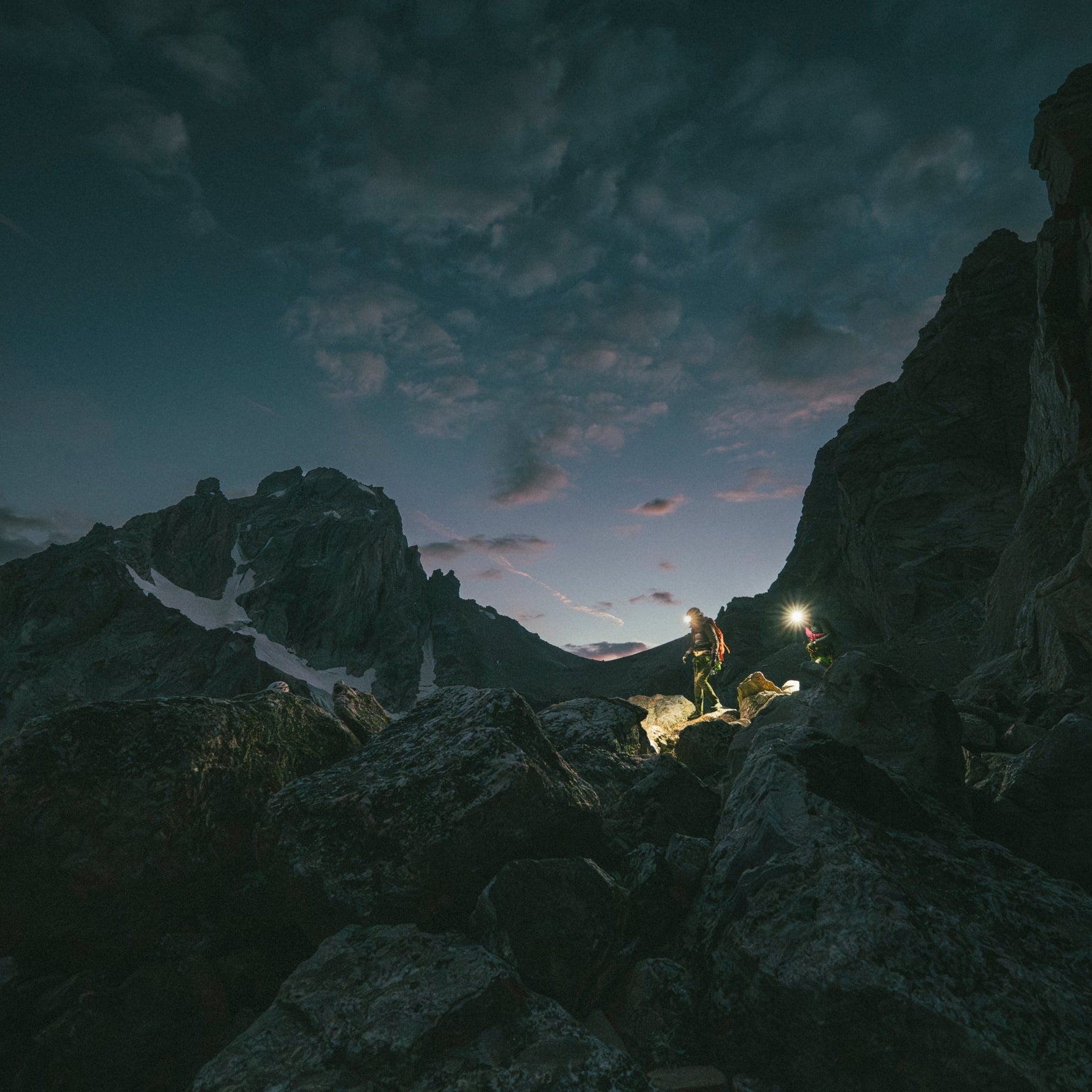
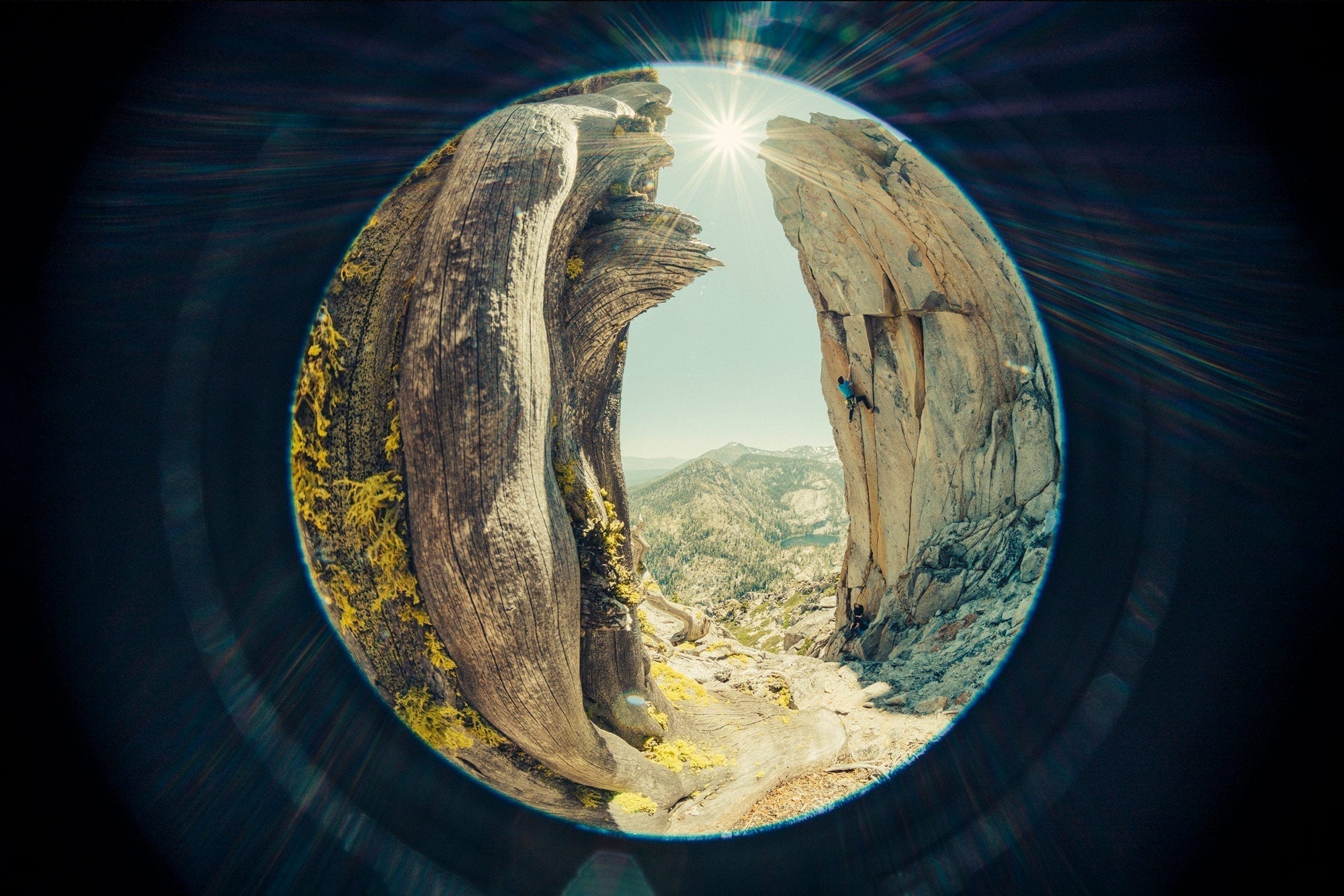
Watch BD Athlete Alex Honnold throw down on some hard trad high above Tahoe.
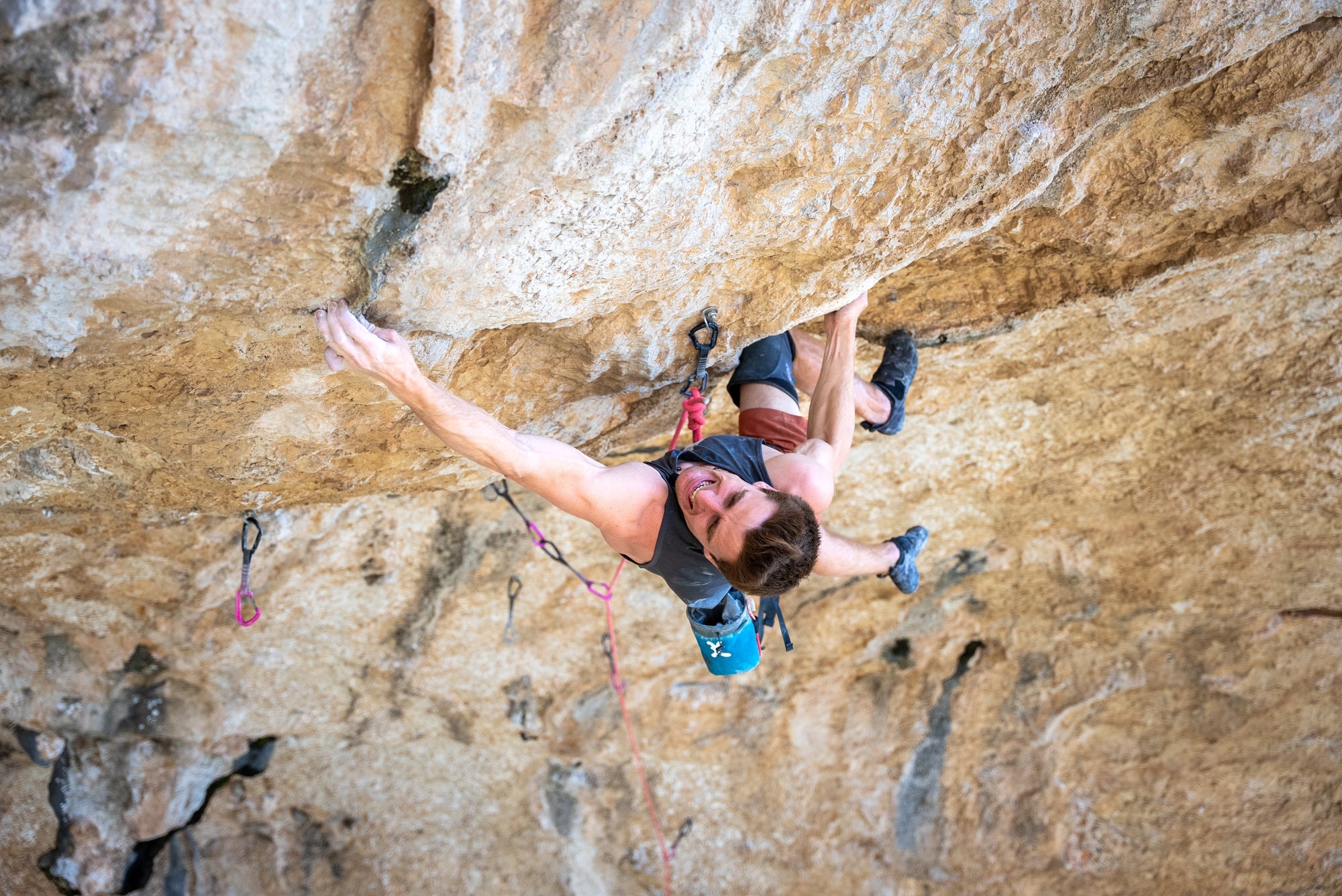
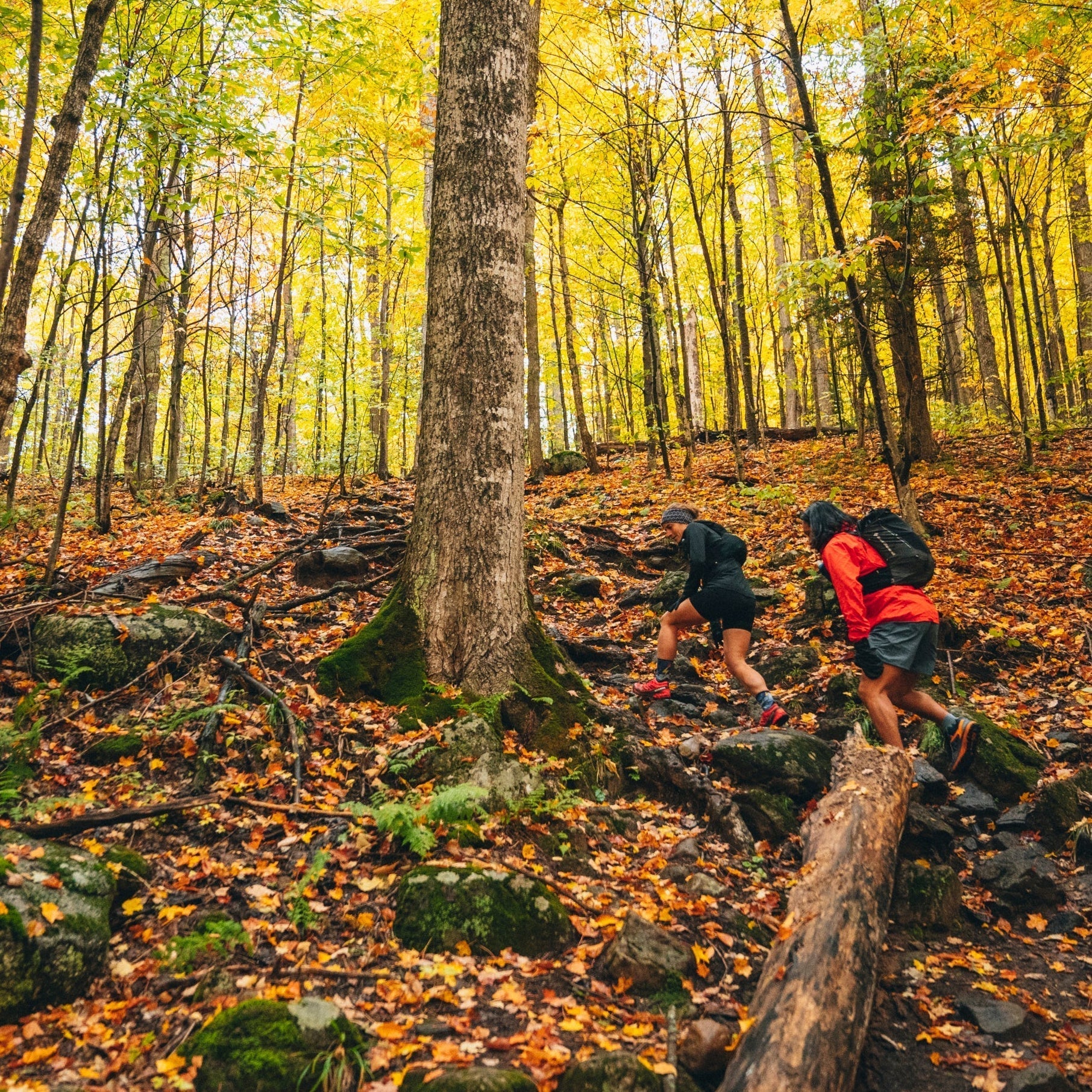
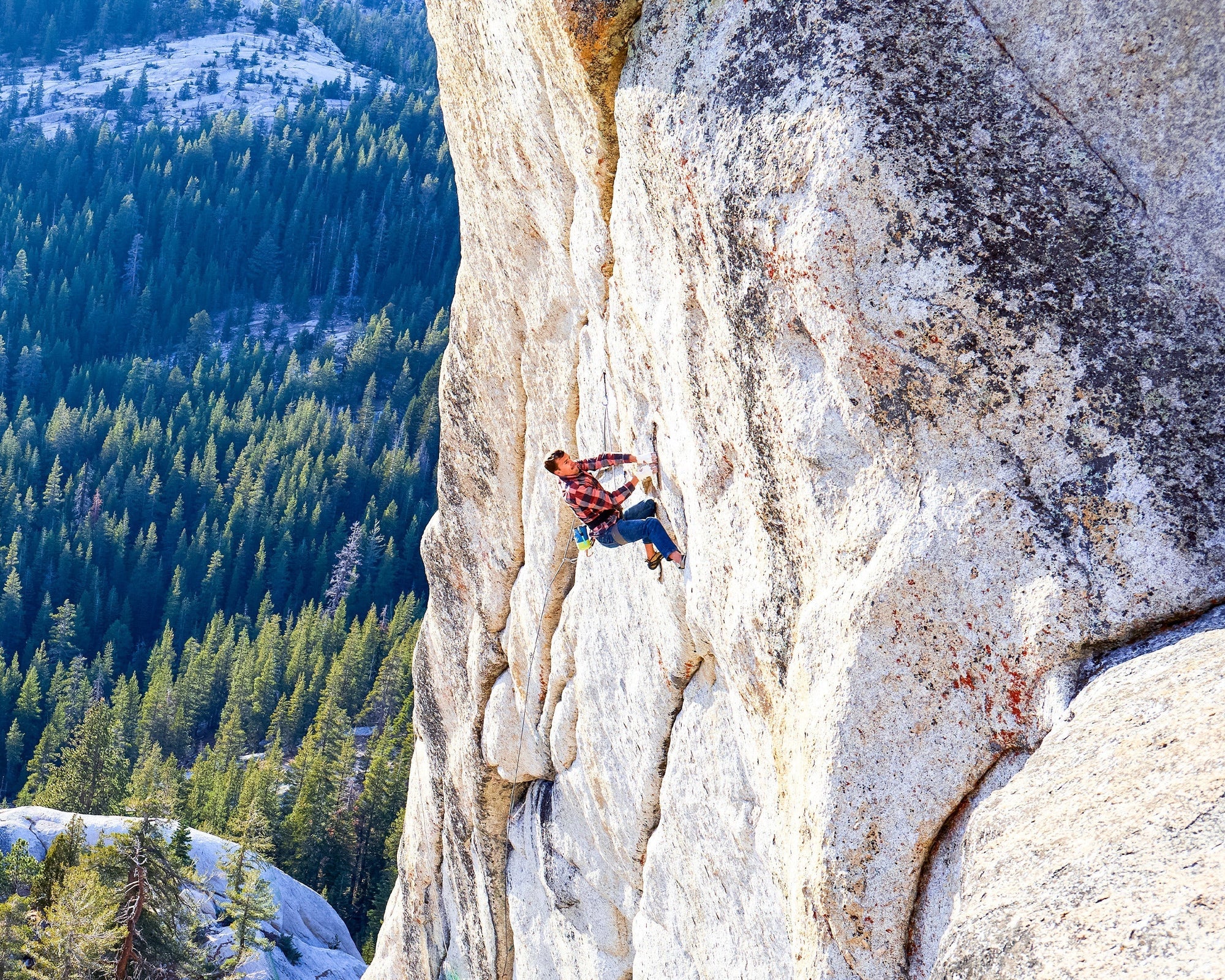
In 2012, filmmaker and photographer Ben Ditto, and professional climber Mason Earle equipped an immaculate...
In 2012, filmmaker and photographer Ben Ditto, and professional climber Mason Earle equipped an immaculate line in Tuolumne’s high country. But their attempts to free the route were thwarted when Mason’s life changed drastically. With the help of Connor Herson, Ditto and Mason found a way to keep the dream alive.
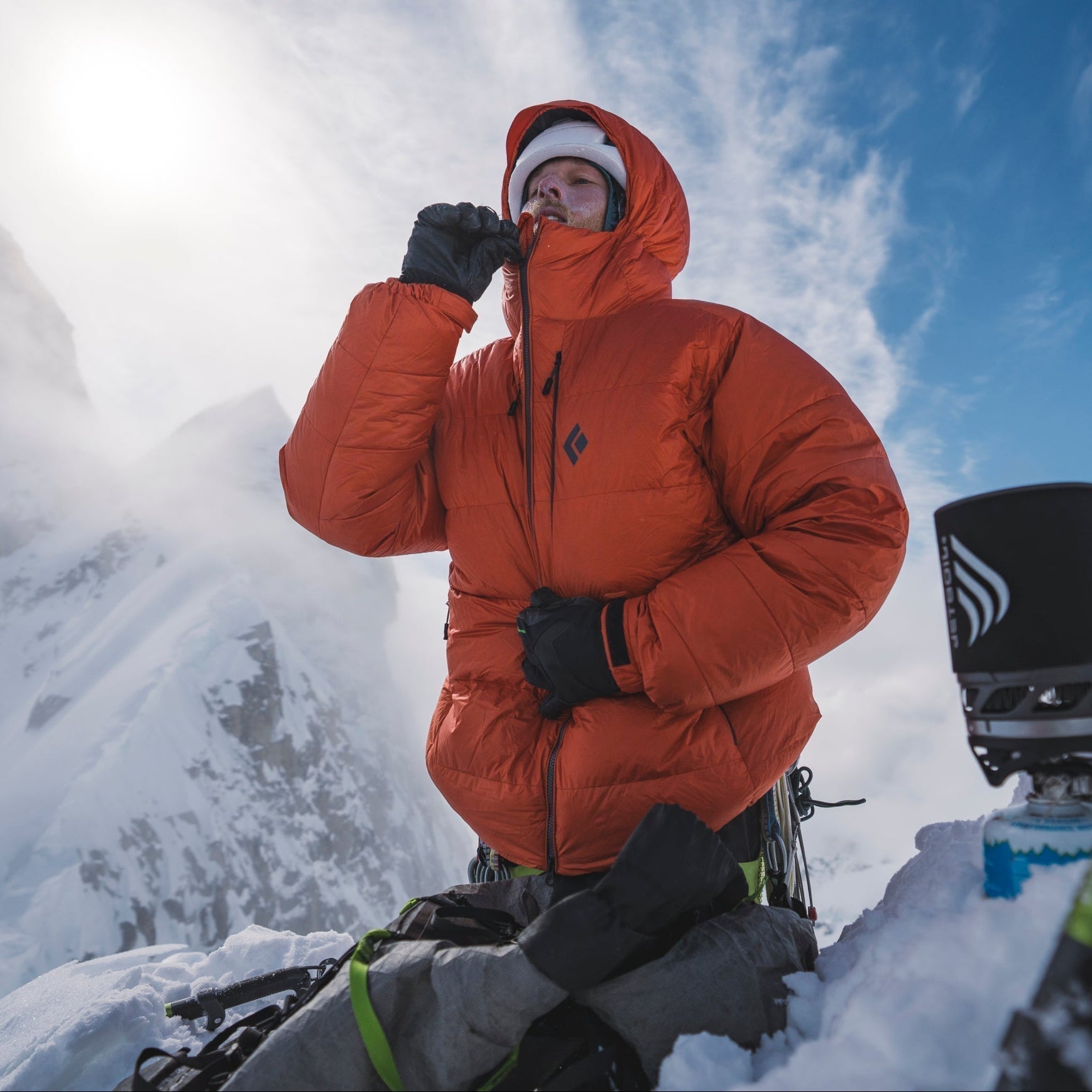
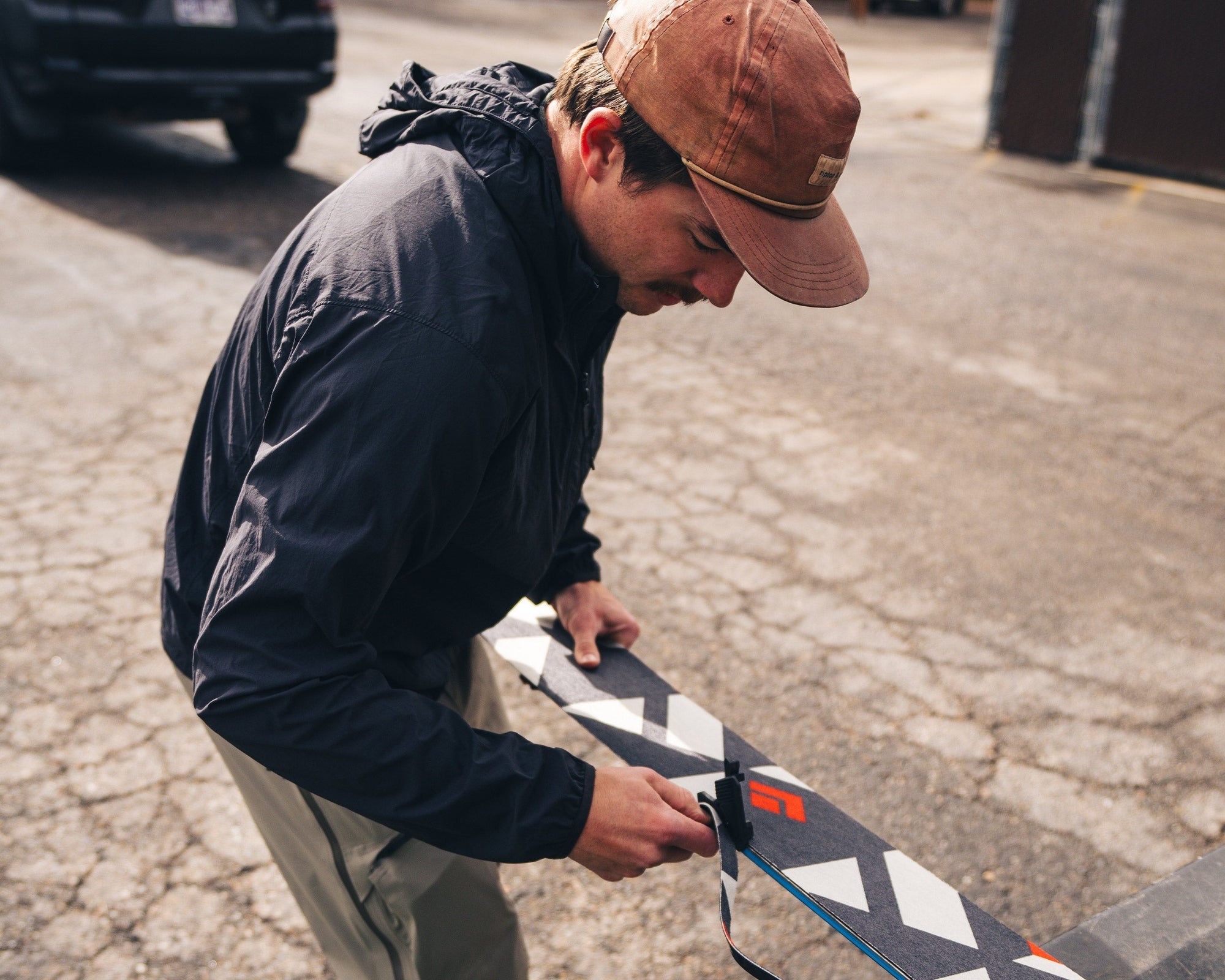
Watch and learn as our Field Test Coordinator runs you through a step by step...
Watch and learn as our Field Test Coordinator runs you through a step by step process of trimming and setting up any STS-style Black Diamond skin.


Every climber has a few lines they dream about. Whether inspired or haunted—or sometimes both—these...
Every climber has a few lines they dream about. Whether inspired or haunted—or sometimes both—these lines can push us beyond what we thought we were capable of, in turn teaching us who we really are. BD Ambassador Ethan Salvo recently restructured his entire life to focus on two climbs that pulled him into the void with only one way out … getting to the top. This is his story of sending Dreamcatcher and becoming the first Canadian to climb V16 in the same week.
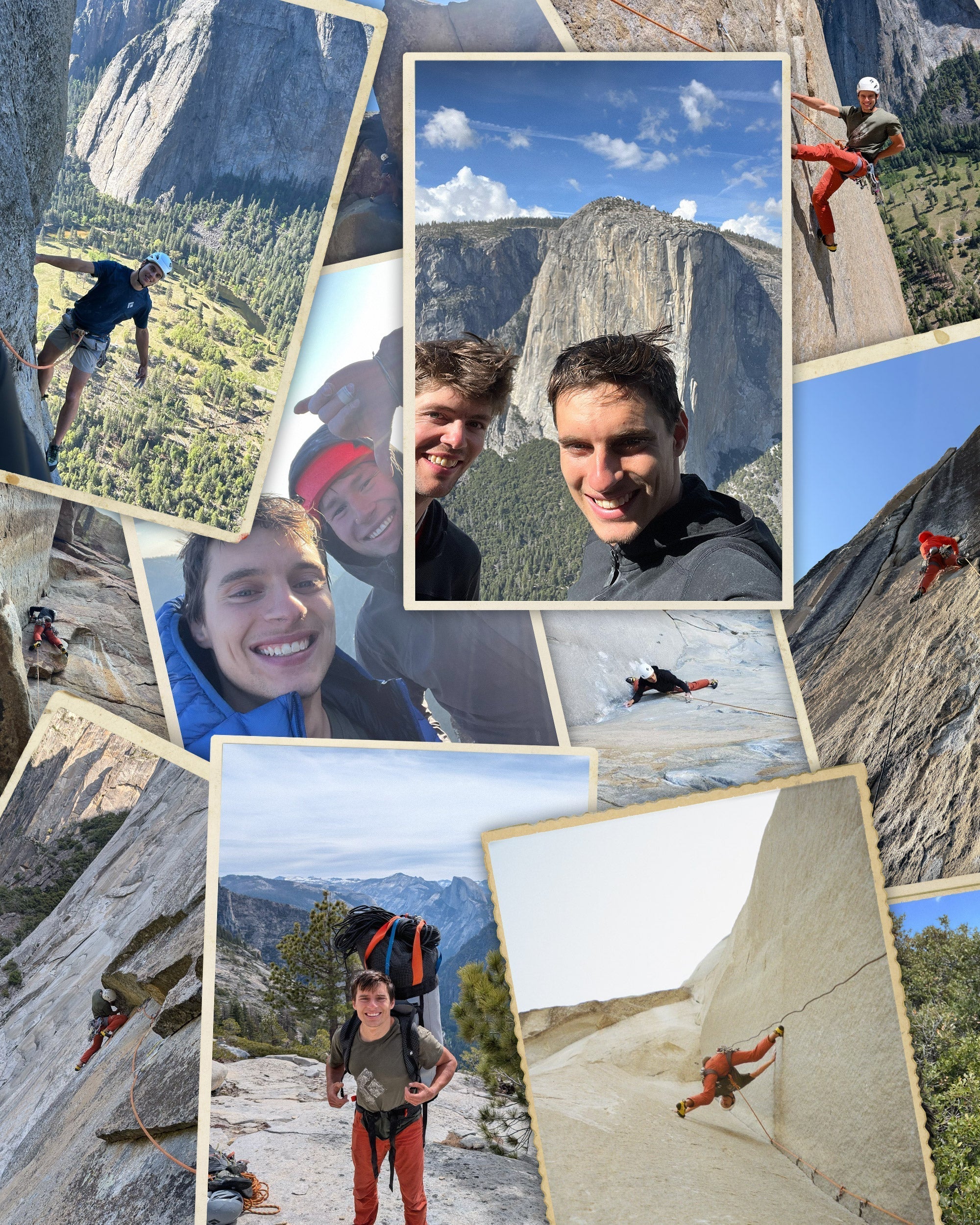
BD Athlete Connor Herson spent as many weekends as possible in the Valley this spring...
BD Athlete Connor Herson spent as many weekends as possible in the Valley this spring during a grueling quarter at Stanford. The objective? Ground up, in-a-day ascents.
